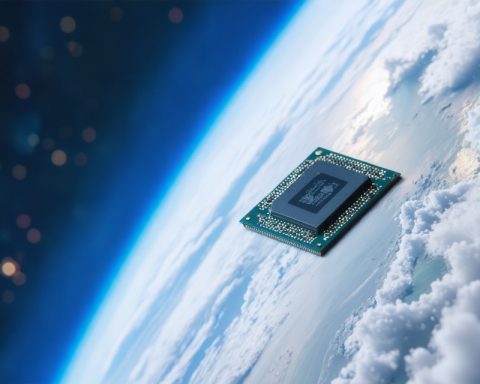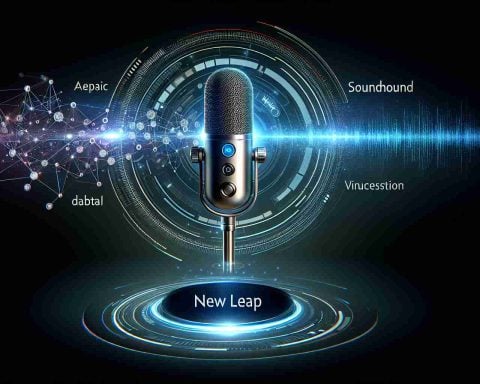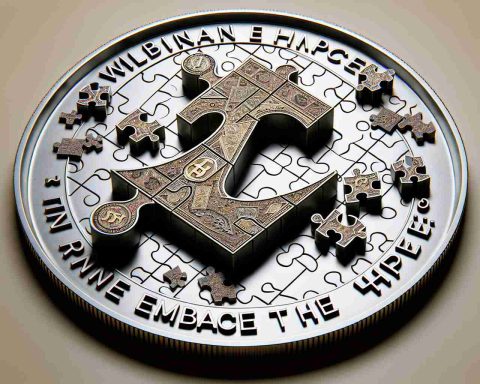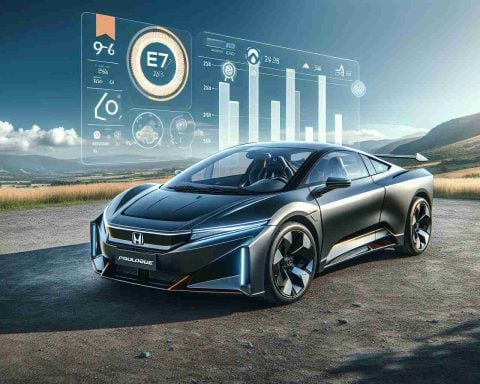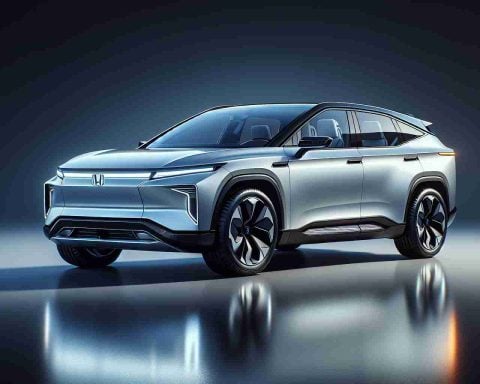- Nissan and Honda’s merger talks have collapsed just 52 days after they were announced, due to disagreements over management and equity.
- The breakdown reflects the intense pressure on Japan’s auto industry to compete with rising electric vehicle (EV) leaders like Tesla and BYD.
- The two companies face challenges finding innovative strategies to outpace EV competitors and might need new partnerships or strategies.
- Japanese government interests were invested in the merger to boost national competitiveness amid global EV shifts.
- As the automotive world pivots towards electric and smart technologies, both companies must evolve swiftly or risk being left behind.
A colossal partnership meant to reshape the global automotive landscape has erupted into a cloud of unfulfilled expectations. Nissan and Honda, two of Japan’s automotive titans, have recently halted their much-anticipated merger discussions, just 52 days after announcing tentative plans for a potential alliance. The dream of creating a global automotive powerhouse, competing only with Volkswagen and Toyota, faded as executives grappled with the quandaries of management structure and equity division.
The crux of the disagreement lay in who would take the reins after the merger. The ruptured negotiations underscored the trembling nerves across Japan’s auto industry as it faces the swift rise of electric vehicles. As Tesla and Chinese automakers like BYD gear towards supremacy, the stakes for traditional carmakers have never been higher.
For Honda and Nissan, the clock ticks loudly. Both need an innovative jolt to outpace burgeoning electric vehicle manufacturers. While Honda may maintain its current path temporarily, analysts suggest this might become untenable. Meanwhile, Nissan confronts the ripples of restructuring and dwindling sales, particularly in North America, nudging it toward finding new strategic partners.
The ripples of dissolution reverberate beyond boardrooms. Japanese authorities, keen on solidifying a national champion team in response to global electrification, had pinned hopes on this merger as a beacon of renewed competitiveness.
Facing a new era in mobility, where brains and batteries redefine the roads, both Honda and Nissan stand at a crossroads. Although discussions of shared futures in electric and smart vehicle strategies continue, their journey to reshape themselves for the electric surge has just begun, fraught with uncertainties and relentless competition. The pivotal question remains: can these giants adapt before electric reality overtakes them?
What Now for Honda and Nissan? Exploring Alternatives After Merger Collapse
Unveiling Alternatives in a Post-Merger Landscape
The recent collapse of the merger talks between Honda and Nissan has thrust both automotive giants into limelight discussions about their future strategies in an industry rapidly evolving towards electrification. As the global automotive scene shifts, the potential merger, once seen as a beacon of Japanese automotive prowess, now compels both companies to explore alternative paths.
How-To Steps & Life Hacks in Strategic Planning
1. Diversification of Strategic Partnerships: Companies contemplating mergers like Honda and Nissan should consider multiple smaller alliances instead of a single large merger. This approach allows flexibility and reduces dependency on one company.
2. Innovative R&D Investments: They should focus on boosting R&D for electric vehicles (EV), enhancing battery technology, and smart vehicle solutions to remain competitive. Emphasizing open innovation can help access global talent and technology.
3. Restructured Management Approaches: Successful partnerships require redefining management structures to allow seamless integration. Clear delineations of roles can prevent the kind of disagreements seen in the Honda-Nissan discussions.
Real-World Use Cases and Industry Trends
– Volkswagen’s Software Strategy: The German auto giant has shifted focus to becoming a technology provider rather than just a car manufacturer, investing heavily in software development. Honda and Nissan can learn from this by strengthening their in-house tech capabilities.
– BYD’s EV Domination: China’s BYD focuses on an array of affordable EV models appealing to a broad market. Both Japanese automakers can aim to penetrate emerging markets with cost-effective EVs, replicating this strategy.
Market Forecasts and Insights
The global EV market is projected to continue its rapid growth, with estimates suggesting it could account for over 30% of all vehicle sales by 2030. IEA reports indicate accelerated adoption driven by government policies and consumer demand for sustainable transportation.
Reviews and Comparisons
– When compared to Tesla, Honda, and Nissan, both trail in electric vehicle market presence. Tesla’s focus on software integration poses a unique challenge that Honda and Nissan must respond to by increasing investments in autonomous driving technologies.
Security and Sustainability
Developing sustainable manufacturing processes can distinguish automakers from competitors. Both companies should prioritize reducing their carbon footprints and adopt recycling processes for batteries and vehicle components.
Pros & Cons Overview
Pros:
– Potential for diversification and innovative product expansion.
– Opportunity to redefine market strategies and explore new customer bases.
Cons:
– Challenges in rapid adaptation to emerging EV trends.
– Risk of losing market share without timely technological advancements and strategic partnerships.
Actionable Recommendations
1. Investment in Talent and Technology: Both companies need to aggressively pursue talent acquisition in tech and sustainable practices.
2. Strategic Acquisitions and Joint Ventures: Explore partnerships in emerging markets, particularly in Asia and Africa, which are key growth areas for EVs.
3. Consumer-Centric Innovations: Focus on user experience and integrate smart technologies responding to consumer trends towards connectivity and autonomous features.
In conclusion, while the ending of merger talks sets a complex scene for Honda and Nissan, it simultaneously opens multiple pathways for future growth and realignment. Readers interested in the evolution of traditional automakers can follow updates from the Nissan and Honda corporate websites for future strategic directions.


